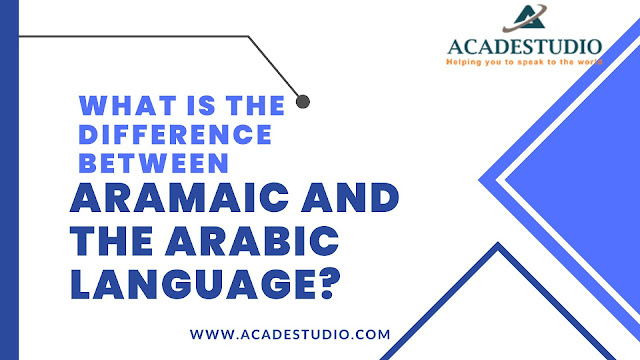Features And Difficulties of Arabic Language Translation
Arabic language translation is the need of the hour in the 21st century.
Arabic originated in North Africa
and Middle East, is a Semitic language. It is the formal language of over 20
countries, including Sudan, Egypt, Syria, and Iraq.
Arabic is also spoken by many
people in Saudi Arabia, Yemen, Jordan, and Lebanon. It is one of the six
official languages of the United Nations. Arabic was once considered a tough
language to learn but gained popularity in recent years due to its association
with Muslim religion and culture.
Two forms of Arabic: Colloquial and Literary Arabic language
Literary Arabic language is the
formal version of the language, used in religious services, official documents,
magazines, newspapers and books. It has been standardized by the governments of
many Arab countries and is used by sophisticated Arabs from diverse countries.
The colloquial Arabic language is
spoken by people every day in their neighborhood, workplaces and homes. It is
understood by Arabs everywhere but varies from region to region.
Main difficulties of Arabic language translation
The Arabic language is one of the
toughest languages for a native English speaker to translate. Arabic grammar is
completely different from that of Indo-European languages such as English, it
is a Semitic language. Various Arabic worlds do not contain vowels. This
results in difficult pronunciation. The script or alphabet used in modern
Arabic is called the alphabet without vowels or the Arabic abjad.
The Arabic abjad contains 28
letters with short lines on bottom or top called “tatweel”. Each letter has
four diverse forms reliant on its position in a word: isolated, final, medial,
and initial form.
There are three main dialects of
the Arabic language: Moroccan Darija (دارية), Standard Arabic (متوسطة) and
Classical Arabic (فصحى). Each of these dialects has different rules
regarding vocabulary and grammar usage so even though all Arabs speak the same
language they may not be able to understand each other without exposure or training
to other dialects.
English grammar is also quite
different from Arabic grammar. Arabic is read from right to left and written
from right to left. The script system for the language grew over centuries of
use as an alphabetic script for writing down the spoken language, just like
English does now.
Wrapping Up
Our Acadestudio team will overcome
the challenges of Arabic
translation. Not just Arabic translation
services we provide translation solutions in over 99+ global languages.




Comments
Post a Comment